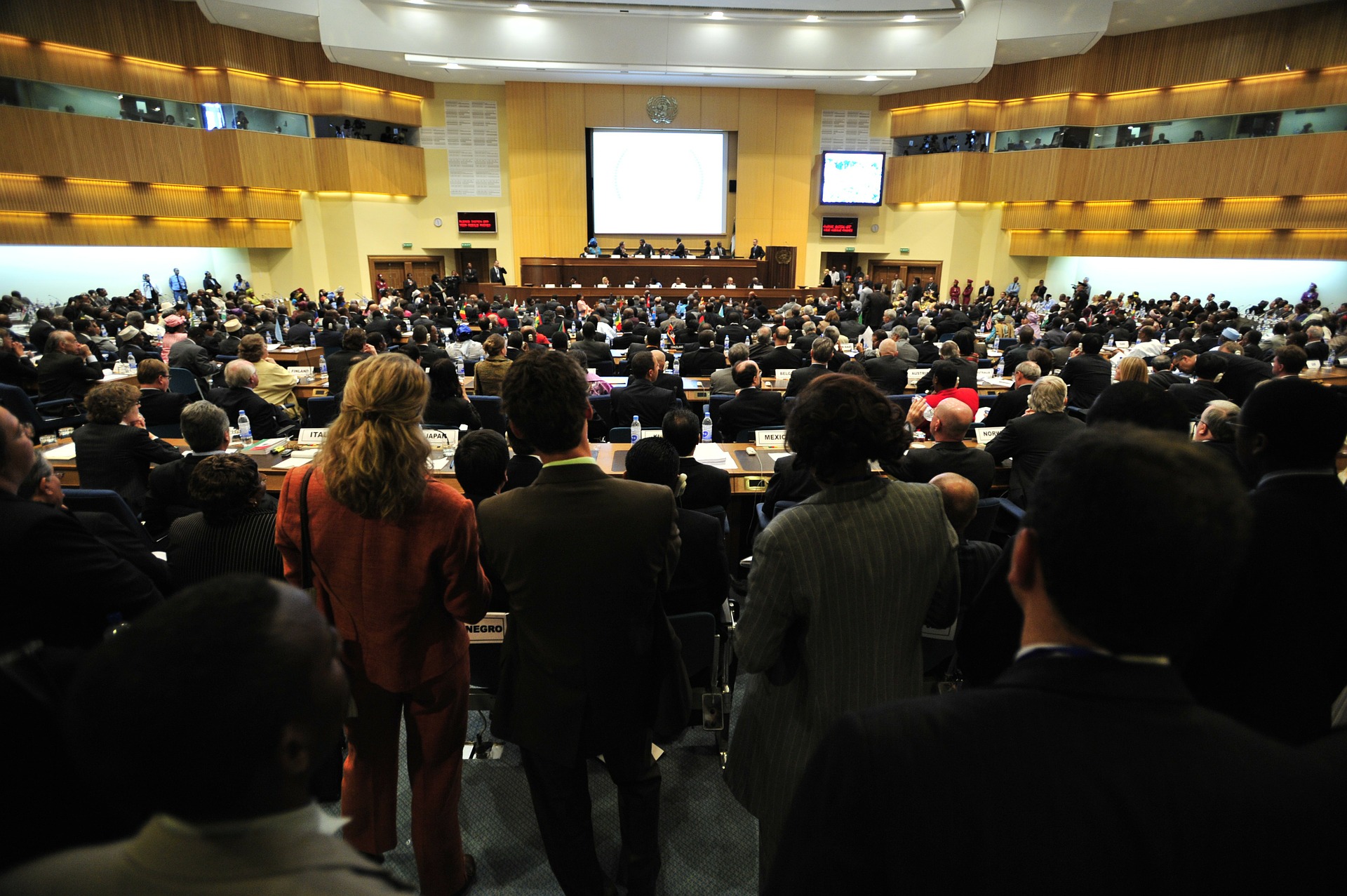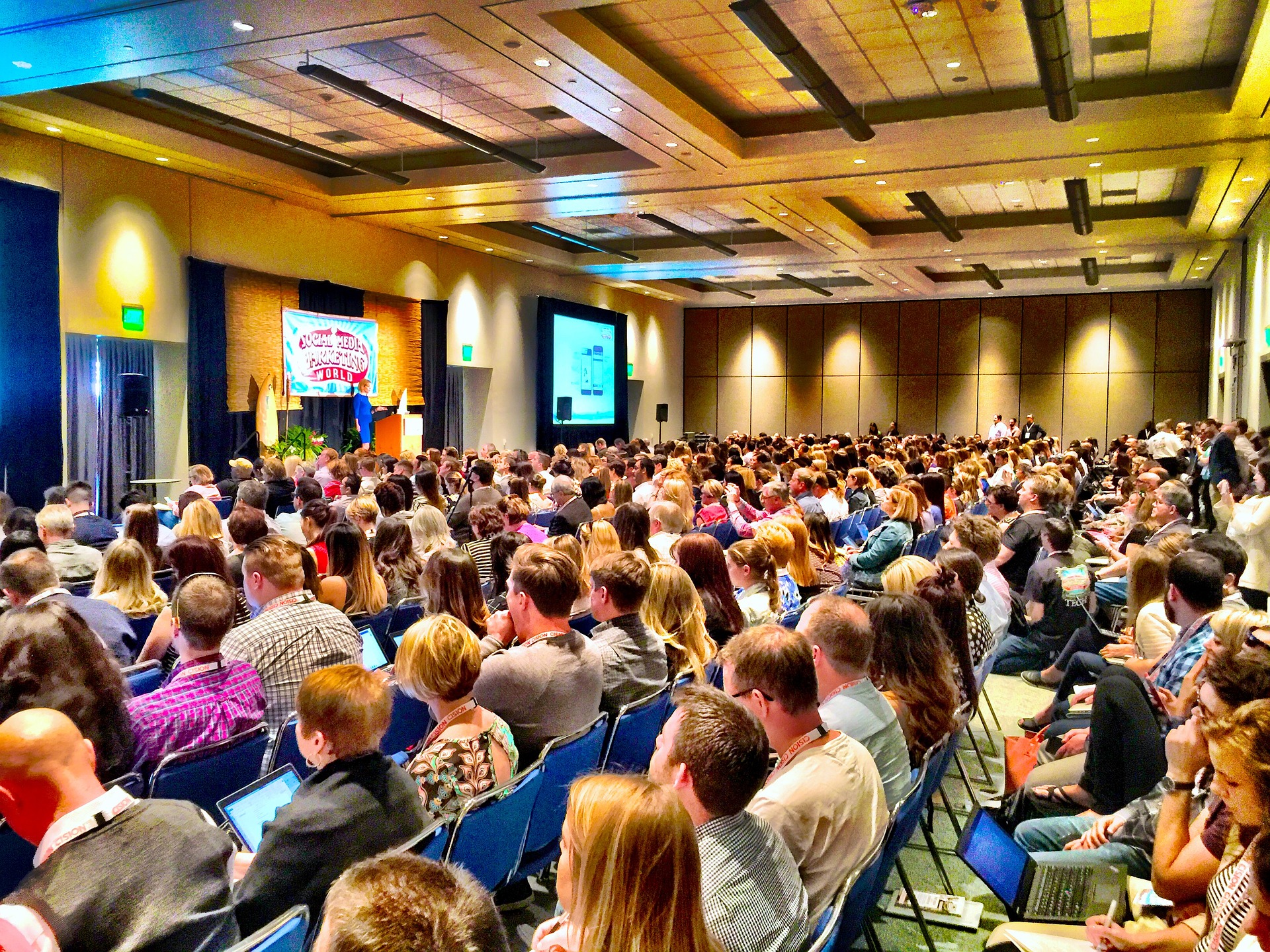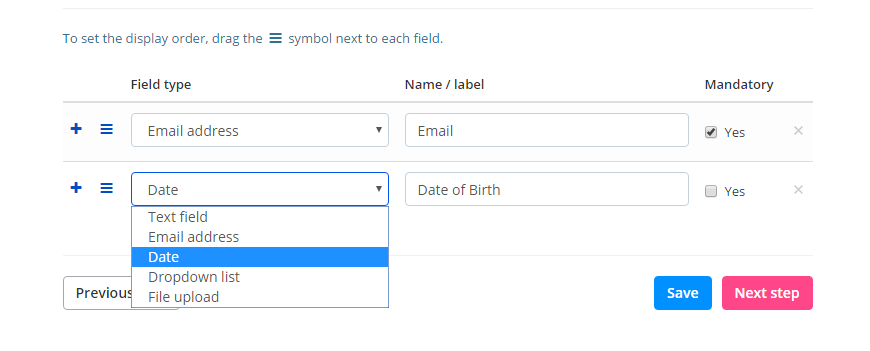“From museum professionals, cultural venues, heritage owners, startups and businesses, we make worlds collide and collaborate.” – WAM

Created in 2013, We are Museums is meant to bring the two different worlds of innovation and culture on common ground. The purpose is to help professionals from both industries find solutions to re-define the field of museums and culture through cutting-edge technology.
It is the second year in a row when Oveit is taking part at Tech Loves Culture within WAM and we may say that we are really excited to see visible progress within the number and diversity of the participants.
Finding solutions to re-define the field of museums and culture through cutting edge technology
The technologies available in this year’s representation did cover a large spectrum in the triangle formed by: Culture & Art – Visitors – Technology.
Some of the most interesting and innovative technology present at WAM were:
Artlokator a platform that connects all major art market places in one: art platforms, online & traditional auction houses, galleries, art dealers and private collectors. The website provides free valuations and knowledge about art pieces, a data library to search for items and art market trends. As well as an online gallery where you can get inspired and can share your works of art with the global art lovers community.
Overly is the first and only agency in the Baltic States that focuses on the development of augmented reality solutions and other interactive technologies that can be used within museum with the purpose of offering a more interactive experience and an easier way to assimilate and learn new information.
Vastari is dedicated to museums around the world that organise many exhibitions a year. The interface and networking tools offered by Vatsari makes it easier for these museums to communicate with the private sector directly, to tour exhibitions globally and share information for exhibitions worldwide.
Mash Machine players combine bass, drum, melody and vocal samples by placing and moving blocks on the surface. The algorithm and the custom content ensure the resulting music is always in key and on time. With no possibility to make a mistake, newly born DJs relax and experiment with music styles ranging from rock and hip hop to deep electronic techno.
Catchbox is the world’s first soft, wireless microphone that you can throw into the audience to kickstart a discussion. Catchbox improves lectures, conferences, and group work by encouraging audiences and groups to share ideas and discuss problems. The colorful box is intuitive to use, and having it thrown around engages audience members while breaking the ice. The Catchbox is a combination of innovative product design and state of the art audio technology. With a microphone element suitable for professionals the innovative AutoMute technology, Catchbox sets new standards for the audience microphone. In addition, the unique locking mechanism means that the cover is easy to replace and change. Catchbox Custom Cover is an entirely new visual medium to communicate your own brand effectively. Whether it’s your own logo, crucial event information, or a spot for sponsors, the Custom Cover is guaranteed to give you the extra exposure boost.
The list continues with many other innovative technology and products which will definitely change the whole experience offered by museums in the near future.
Museums are investing in technology with the purpose of reshaping the traditional museum into a conjuring experience. They are not only acknowledging the new services as Facebook, YouTube or Snapchat but they are actually trying to find ways of fitting in alongside them.
Read more about how to engage visitors emotionally on our blog.







